Nestled in the heart of the Peruvian Andes, Paucartambo is a hidden gem. It’s a small town brimming with cultural richness and vibrant traditions.
Each year, the town comes alive with the Virgen del Carmen festival. This event is a riot of color, music, and dance, attracting thousands of visitors and pilgrims.
But Paucartambo is more than just a festival. It’s a gateway to the Manu National Park, one of the most biodiverse areas on Earth. It’s a place where colonial-style houses with blue-painted balconies line the streets.
The local cuisine is a feast for the senses, featuring traditional Andean dishes. And the surrounding landscapes offer opportunities for hiking, birdwatching, and nature photography.
Join us as we delve into the cultural richness of Paucartambo. We’ll explore its festivals, traditions, and scenic landscapes, providing a comprehensive guide for travel bloggers and outdoor adventure guides alike.
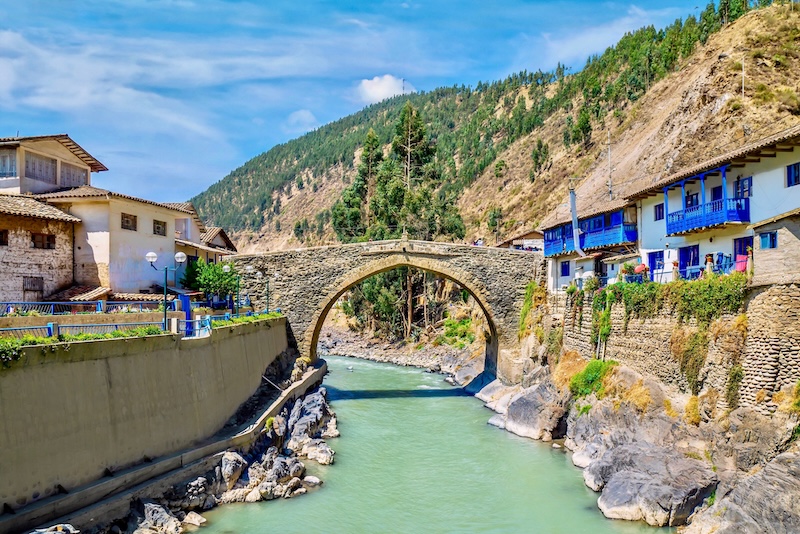
Paucartambo Culture stands as a testament to the rich tapestry of the Andes. This town beautifully blends history and tradition with a touch of modernity. Known for its UNESCO-recognized festival, Paucartambo showcases the diverse influences that have shaped its identity.
The town is a living museum where indigenous, African, and Spanish cultures converge. Its vibrant traditions and captivating architecture speak volumes about its cultural heritage. Visitors here engage with local communities, immersing themselves in customs and stories passed down through generations. Exploring Paucartambo is an invitation to experience the authentic heart of the Andes.
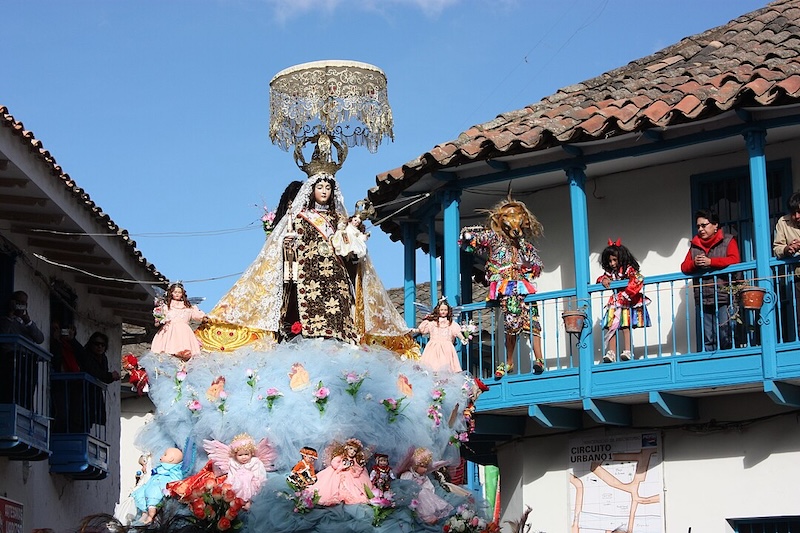
The Virgen del Carmen Festival in Paucartambo is an explosion of color and energy. It draws crowds from across Peru and the world. Held every July, the festival is a dramatic celebration of faith and culture.
Visitors are enchanted by the festival’s lively processions. Elaborate dances and music echo through the streets, creating a joyous atmosphere. The event is renowned for its vivid representation of Andean mythology.
UNESCO’s recognition of the festival highlights its cultural significance. It exemplifies the blending of indigenous beliefs with Spanish Catholic traditions. This fusion of cultures gives the festival its unique character.
Central to the festival is the procession of the Virgen del Carmen. She is believed to protect the locals and bless their endeavors. Her presence signifies hope and spiritual unity among the people.
Every moment of the festival is a photo opportunity. Dancers in colorful costumes and masks bring ancient tales to life. For visitors, it is an immersive journey into the soul of Paucartambo’s rich culture.
Dance and music are the lifeblood of the Virgen del Carmen Festival. They are the essence of Paucartambo’s cultural expression. Each performance tells a story, echoing the voices of the past.
Dances such as the Qhapaq Qolla and Qhapaq Negro are captivating. They celebrate the region’s history and portray social themes. These dances use intricate movements to depict battles between good and evil.
Local musicians play traditional instruments like the charango and quena. Their melodies unite audiences in a shared cultural experience. The rhythms of drums and flutes infuse the air with a vibrant energy.
These performances create a tapestry of sound and color. The dancers’ fervor and the musicians’ passion are infectious. They draw visitors into a harmonious dance with Paucartambo’s living history.
The costumes at the Virgen del Carmen Festival are a sight to behold. Each garment is meticulously crafted and richly detailed. They transform dancers into mythical characters from Andean lore.
Masks play a pivotal role, representing deities, animals, and historical figures. Their designs are vivid, enhancing the storytelling elements of the dances. The costumes’ bright hues and intricate patterns captivate every observer.
These visual elements are not just for show; they symbolize cultural narratives. They provide insight into the spiritual and social consciousness of the region. Witnessing the festival’s costumes and characters is to see Paucartambo’s culture come alive.
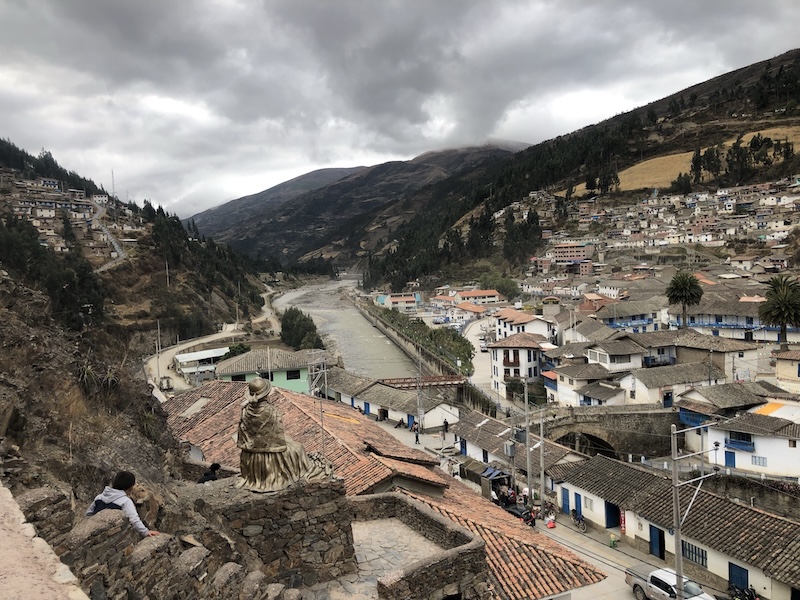
Paucartambo enchants visitors with its colonial architecture. The town’s quaint buildings feature blue-painted balconies that line the narrow streets. These structures stand as a testament to its historical roots.
Wandering through Paucartambo is like stepping back in time. The cobblestone streets and picturesque plazas reveal a serene allure. This charming townscape complements the vibrant cultural experiences found within its borders.
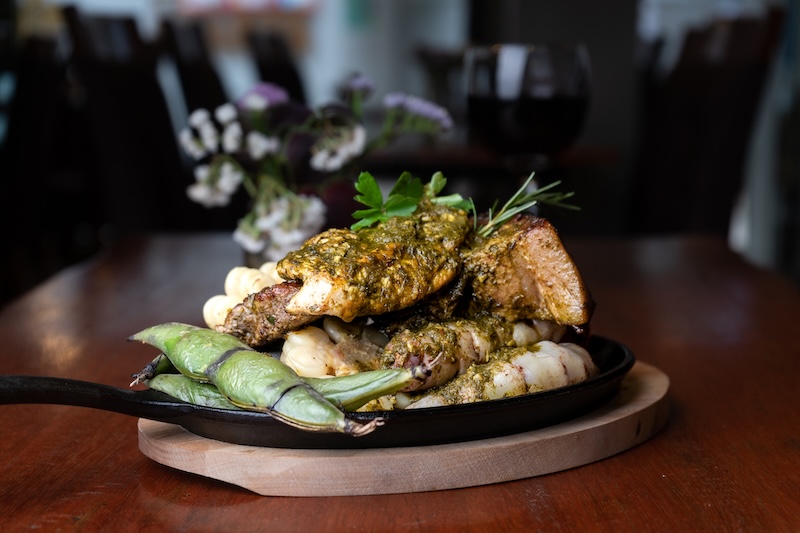
Paucartambo’s cuisine is a gateway to traditional Andean flavors. Visitors can savor dishes like chicharrón and alpaca meat, which showcase local ingredients. The diversity in flavors reflects the richness of Andean agriculture.
A visit to Paucartambo isn’t complete without tasting cuy, or guinea pig, a regional delicacy. The town’s markets offer a sensory feast, with spices and aromas filling the air. These culinary experiences add depth to the cultural tapestry of Paucartambo.
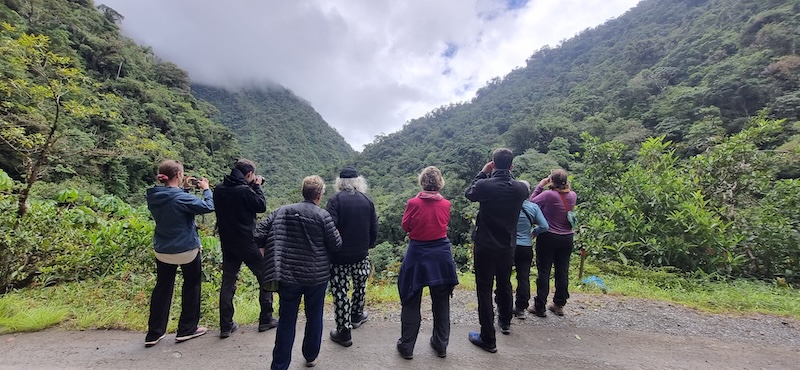
Just beyond Paucartambo lies a natural treasure, Manu National Park, known for its unmatched biodiversity. This UNESCO World Heritage Site offers a glimpse into one of the most varied ecosystems on our planet. It’s a haven for nature lovers and adventure seekers alike.
The park spans a range of altitudes, creating diverse habitats for countless species. Visitors may encounter vibrant birds, elusive mammals, and exotic plants. Manu’s lush landscapes provide a backdrop for both relaxation and exploration, making it a must-visit for anyone in the region seeking connection with nature’s wonders.
High above Paucartambo, the Tres Cruces viewpoint offers an awe-inspiring spectacle. Here, the sunrises are legendary, known as the “White Ray” phenomenon. As the sun peeks over the Amazon Basin, the sky erupts in brilliant colors, creating an ethereal glow.
This natural marvel draws early risers and photographers alike, eager to capture its majesty. The unique location provides breathtaking vistas that shift with each dawn, making every visit a new and unforgettable experience. Whether you’re an adventurer or a dreamer, Tres Cruces promises a moment of serenity and wonder.
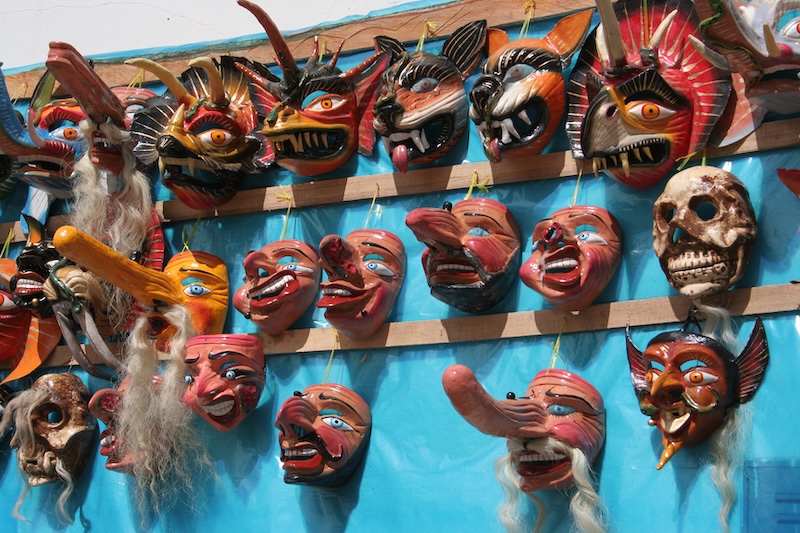
Paucartambo thrives on the enduring spirit of Andean traditions. Visitors are welcomed to engage deeply with local customs, offering a window into a world where the past and present merge seamlessly. As you wander the town, you’ll likely encounter artisans crafting vibrant textiles and musicians filling the air with folk tunes.
Participating in these age-old practices offers a richer travel experience. Locals eagerly share their knowledge, whether through storytelling or hands-on workshops. This cultural exchange fosters mutual understanding, leaving a lasting impression on both the visitor and the community. Paucartambo, with its living traditions, invites all to connect and learn.
Planning a visit to Paucartambo requires some preparation. The town’s remote location means a journey through scenic mountain roads. Detailed planning helps in making the most of this cultural immersion.
Visitors should keep an eye on local events and weather forecasts. It ensures a smooth travel experience and maximizes engagement with community activities.
The Virgen del Carmen festival in July is the prime time to visit. This vibrant period showcases Paucartambo at its cultural peak. You can reach Paucartambo from Cusco by bus or car, with journeys offering stunning landscapes.
For those seeking tranquility, consider visiting during quieter months. This allows for a more peaceful exploration of its traditional charm and natural beauty.
With large crowds, staying alert is essential during the festival. Secure your belongings and be mindful of your surroundings. It’s also crucial to respect local customs and traditions.
Adopting a spirit of openness and politeness aids in a meaningful cultural experience. Engaging with locals respectfully enhances the festival’s enjoyment and your travel experience.
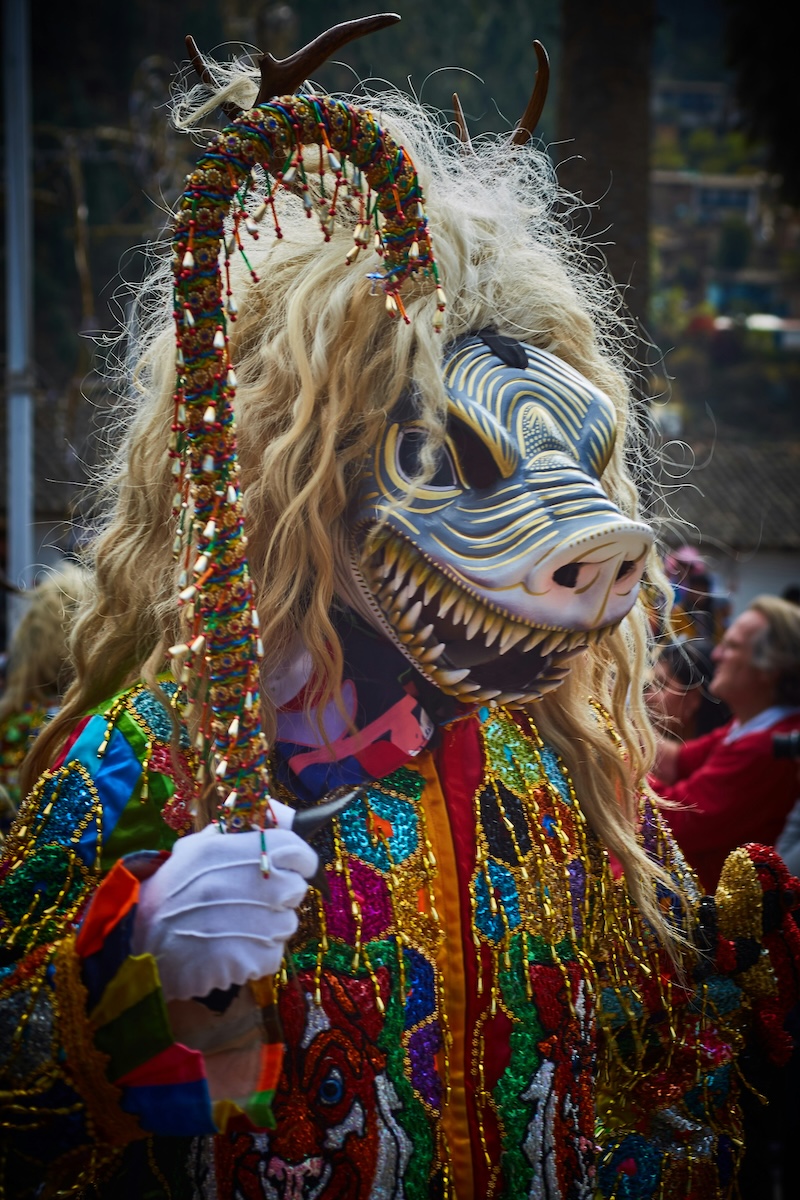
Visiting Paucartambo offers a unique window into vibrant Andean traditions. Its festivals, landscapes, and people leave a lasting impression. This quaint town not only adds cultural depth to your travels but also changes your view on the wealth of human heritage and the significance of preserving culture.
If you got any questions, please do not hesitate to send us a message. We reply within 24 hours!
+51 900 394 399
info@biomanuexpeditions.com
reservas@biomanuexpeditions.com
